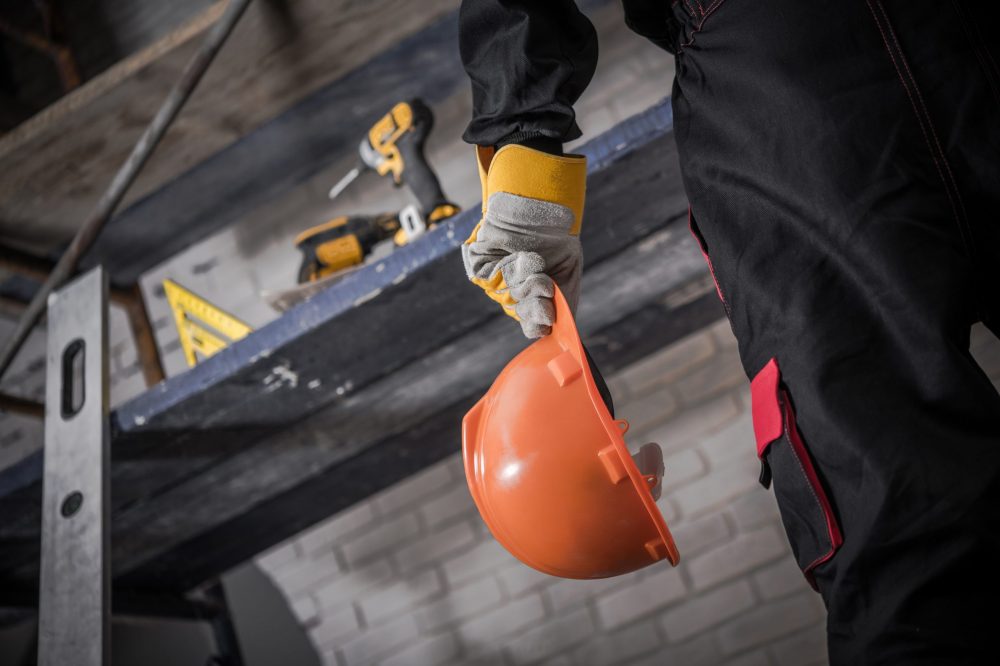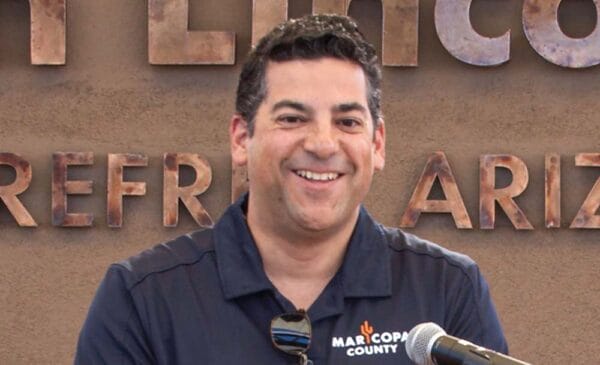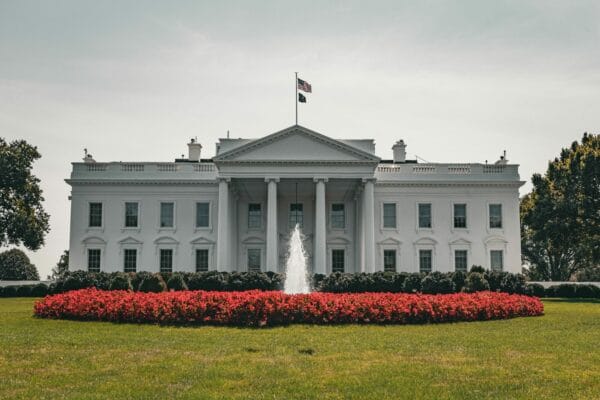(Disclosure: Rose Law Group represents Vestar.)
By Corina Vanek | Arizona Republic
On the outskirts of metro Phoenix, some new housing developments won’t get approved due to a lack of water, but in those same fast-growing areas, commercial development is moving forward unhindered.
That’s because the new restrictions apply only to new housing developments that rely solely on groundwater, and not to commercial development like industrial buildings or shopping centers. But that does not mean commercial builders aren’t taking notice, said Suzanne Kinney, president and CEO of the Arizona chapter of NAIOP, an advocacy group for the commercial real estate industry.
“There is industrial and mixed-use development that needs adequate housing,” she said. “This is not one type of development pitted against another, we are all connected.”
Outer suburbs have land, access to transportation
Kinney said the outskirts of the Valley, including cities like Buckeye, Queen Creek and into Pinal County, have become popular for large-scale industrial development because there are larger parcels available for buildings that demand bigger footprints. For those located in the far West Valley, closer proximity to California and the ports there makes it an ideal location for distribution and logistics facilities.
“There are developers looking to move into the urban core, but sites with size in the urban core are harder to find,” she said. “It’s an issue of land availability. We are fortunate from an economic development standpoint that we are attracting companies with large space requirements, and a lot of those facilities need quick access to highways and railroads.”












